Utilize these interactive and educational lesson plans, including activity books, toolkits for educators, and activities, to educate students about the growing problem of marine debris.
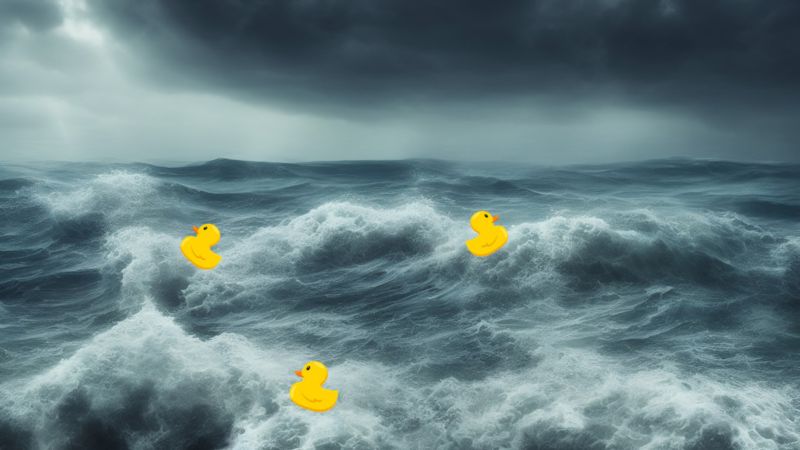
Students explore ocean phenomena through the story of floating toys that traveled far and wide after a shipping disaster. They predict where the toys might have traveled, then use ocean current and prevailing wind information to revise their predictions.
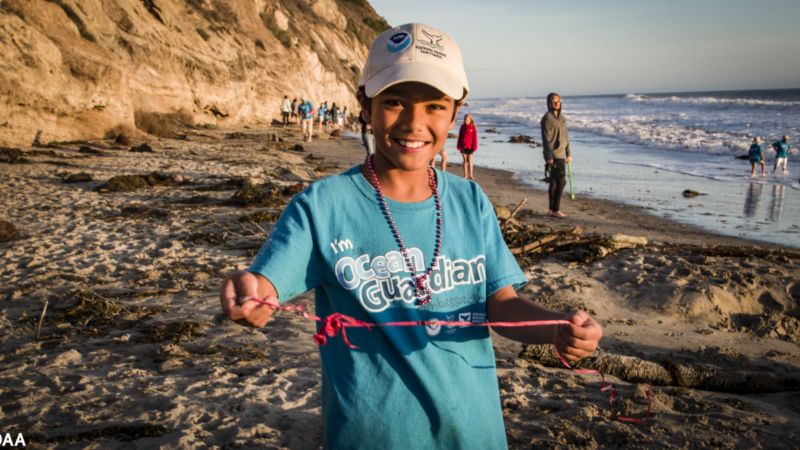
Students will learn about watershed stewardship and make observations about how water and pollution runoff can infiltrate landscapes and flow to the ocean. Students consider sources of pollution and how that pollution could travel through a watershed and affect national marine sanctuaries or monuments and the organisms that live there.
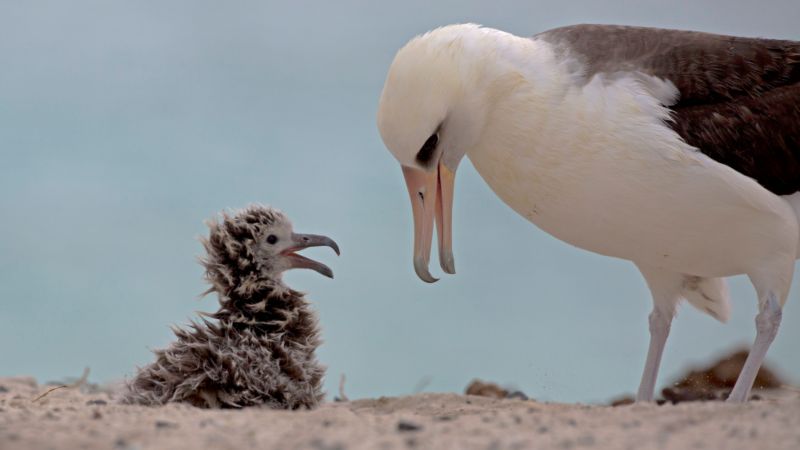
Before leaving the nest, albatross chicks regurgitate a mass of indigestible material called a bolus. Boluses give us clues as to the types of food and trash eaten by albatross parents at sea. In this lesson, students will use professional photographs of a bolus to perform a “virtual dissection” and analysis.
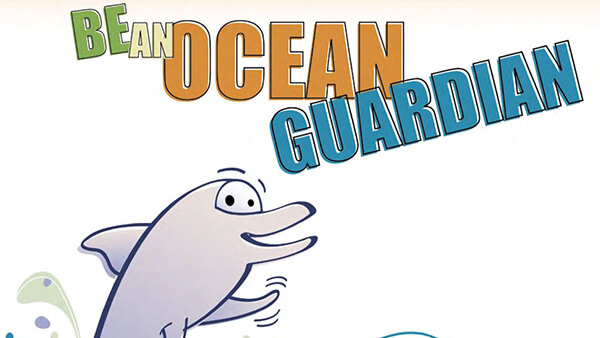
You’ve got questions, and the NOAA Marine Debris Program has answers! Explore some of the most frequently asked questions and topics related to marine debris.
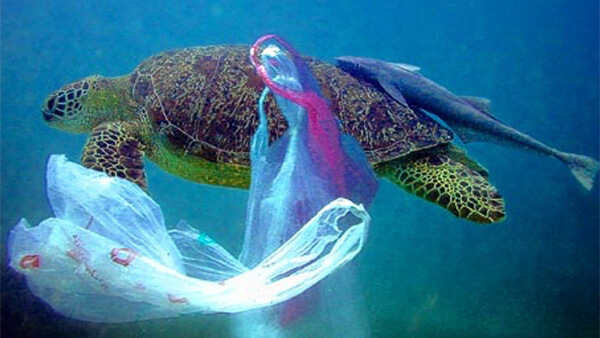
Elementary students discover the detrimental effects of marine debris on ocean ecosystems and discuss how the presence of marine debris in food supplies can increase over time through a probability experiment.
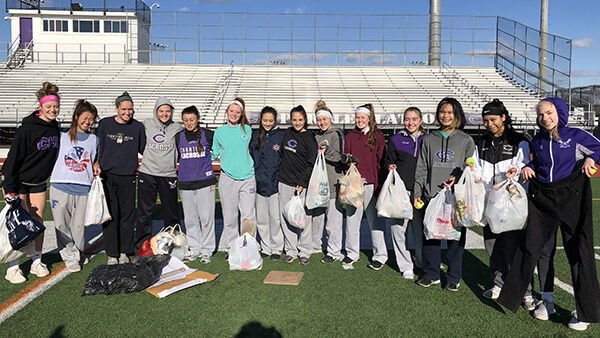
Download an assortment of puzzles, brain-teasers, coloring activities, and formal curricula for Grades 1-12. All curricula and activities are available for download and print!
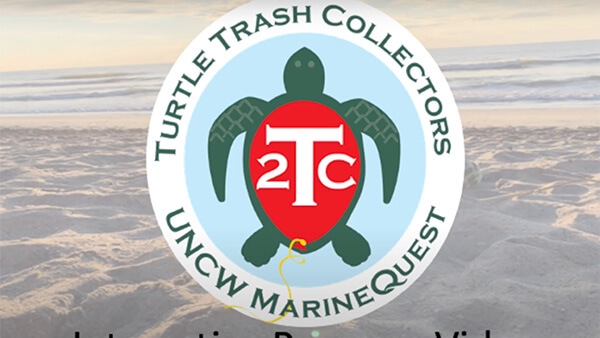
In this interactive video of the Turtle Trash Collectors program, students can virtually participate in a simulated sea turtle necropsy, or animal dissection, learn how trash can get to the ocean and impact sea turtles, and learn how we can all help stop marine debris! Please be aware that the model dissection may upset sensitive viewers, especially younger students (K-2nd grade).
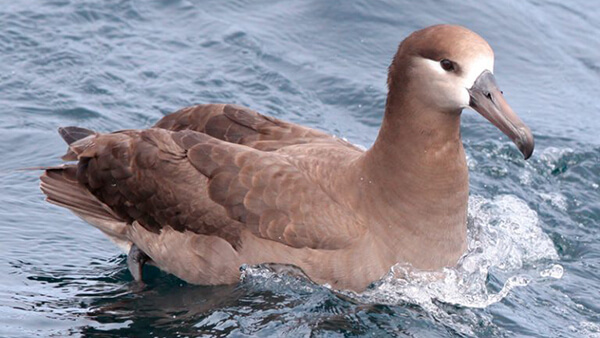
Albatrosses, charismatic and threatened seabirds, are ambassadors for a clean ocean because they traverse vast oceanic regions searching for floating food. Along their journeys, they ingest plastic trash and feed it to their chicks. This inquiry-based curricula aligned to Next Generation Science Standards for grades 6-8 includes lesson plans, powerpoint slideshows and scripts, downloadable videos, images of albatrosses boluses containing plastic, an interactive bolus analysis activity, campus wide debris survey tools and more.
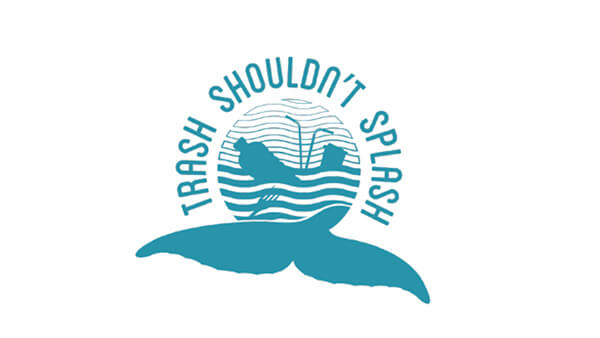
Here we provide a toolkit with information to help you implement a single-use plastics reduction campaign in your own community. The toolkit includes logos, materials, strategies, lessons from behavioral science, classroom visit plans and more.

An online resource for middle and high school students who want to explore oil spills, marine debris, and harmful algal blooms.

A NOAA SciJinks web game for K-12 audiences that uses real data to let players explore where trash that enters the ocean will end up.